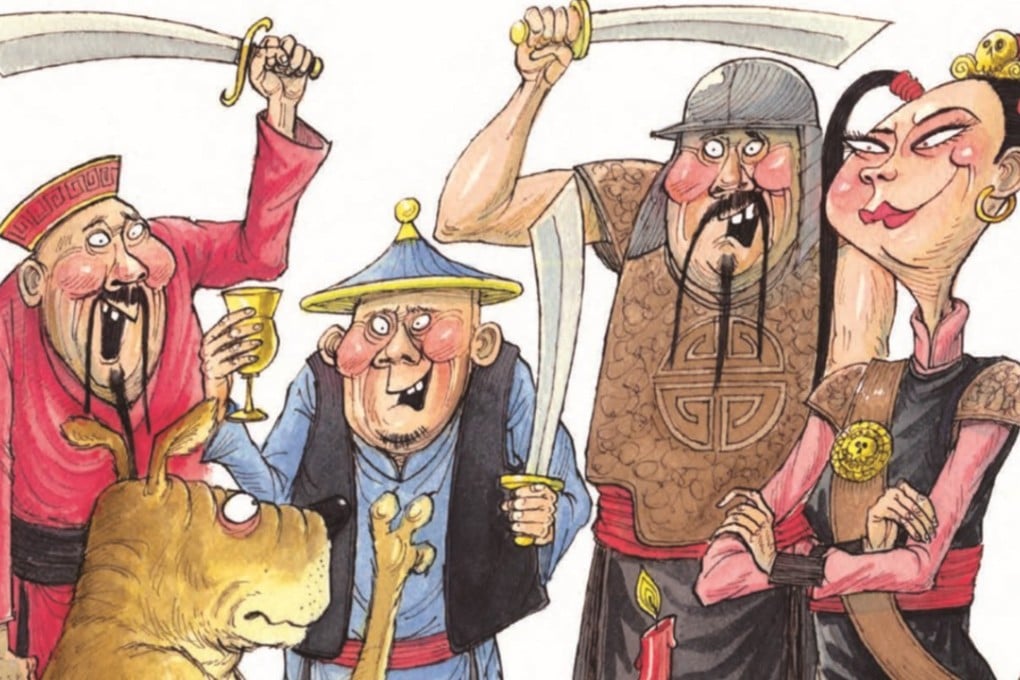How the woman who was history’s greatest pirate became a children’s story
Cartoonist Harry Harrison and author Sarah Brennan release their latest tribute to the Chinese zodiac with a Hong Kong story of pirates and a brave dog called Desmond

How do you explain to children that history’s greatest pirate was a woman, who not only commanded thousands of pirates aboard hundreds of ships and enforced a bloody and violent code of conduct upon her followers, but also managed to convince authorities to allow her to retire and run a gambling house?
For just over a decade, author Sarah Brennan and cartoonist Harry Harrison have been collaborating on the bestselling children’s series Chinese Calendar Tales, which take each sign of the Chinese zodiac as a starting point for telling a story about an aspect of Chinese culture and history.
Sarah Brennan has built a career primarily as a children’s author, inspired to write books about Chinese culture for children learning English and for native English speakers wanting to learn more about China.